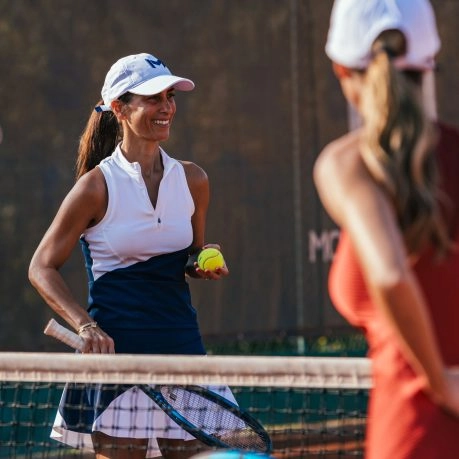Staying on the diagonal
The diagonal is one of the first elements to master in a backcourt rally. By hitting into the diagonal, you maximise your chances of keeping the rally long while limiting the angles your opponent can use. This allows you to control the rally better and repel attacks.




















